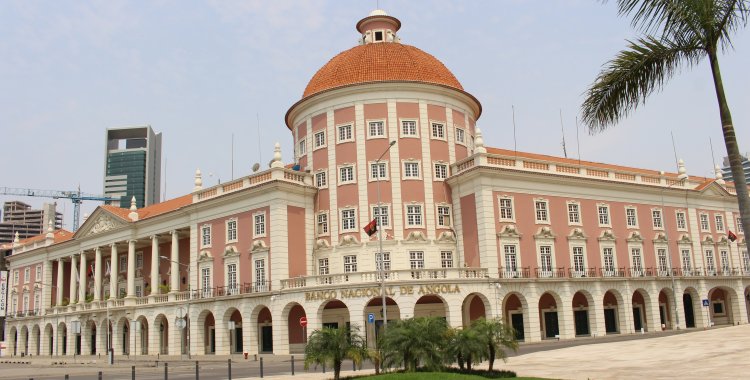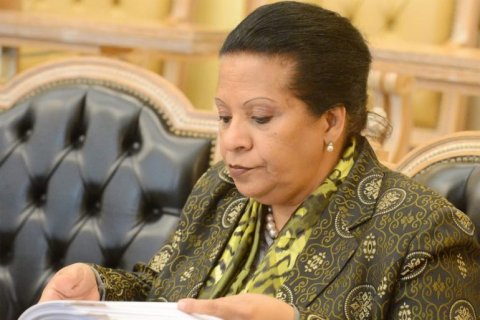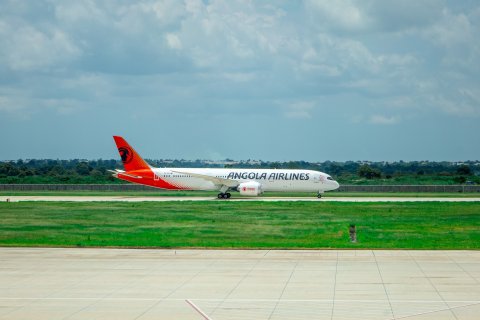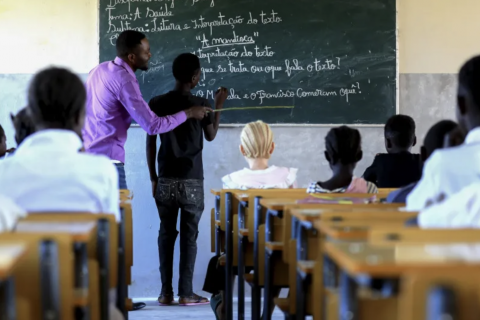The assessment is made by the Financial Stability Committee (CEF) of the National Bank of Angola (BNA), which also announced that it had decided to maintain the conservation reserve at 2.50 percent, applicable to all banking financial institutions, in a statement released this Wednesday on the results of the meeting that took place between November 22nd and 26th, where the bank's main systematic risk factors were assessed.
The BNA also maintained the countercyclical reserve (additional reserve made up of core capital due to excessive credit growth) at 0 percent and decided to publish the new list of banking institutions of systematic domestic importance (D-SIBs), whose additional reserves must be between 1 percent and 2 percent.
Banking financial institutions of systemic importance in Angola are banks BAI, BFA, BPC, SBA, KEVE, BCI, BMA, BNI, Banco Sol and Banco Económico.
According to the CEF, the banking sector demonstrated during the months of July, August and September "sufficient strength" to face the risks of financial activity, based on capital adequacy and liquidity indices, as these are above the minimum regulatory.
This BNA body notes, however, that in the third quarter the deterioration of asset quality indicators persisted, with an increase in credit risk, a decrease in profitability in annual terms and exposure to sovereign risk, "despite its downward trend ".
The next CEF meeting will be held in Luanda on March 7, 2025.







